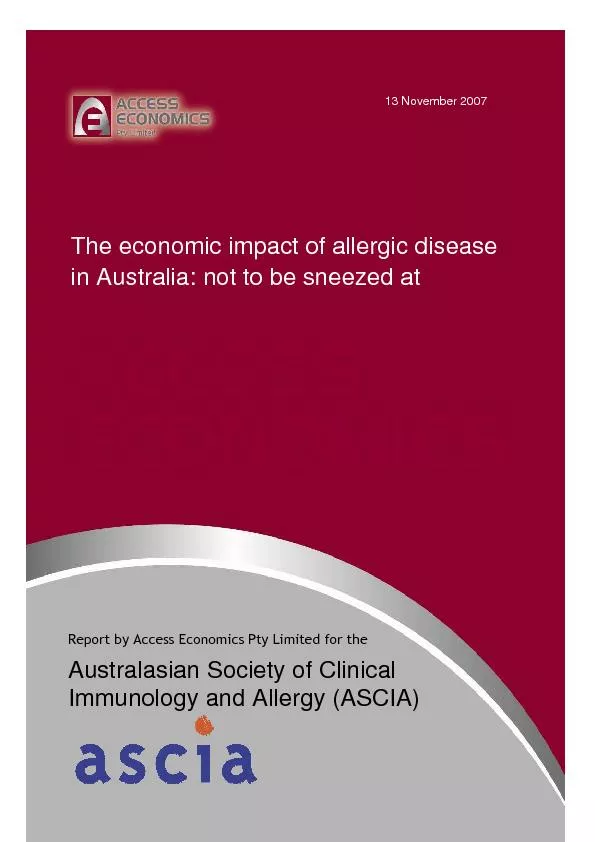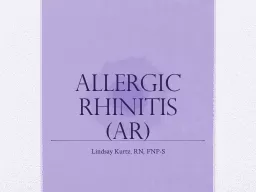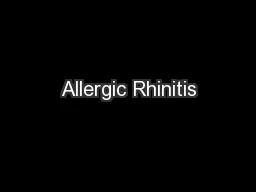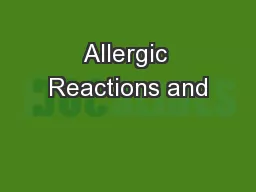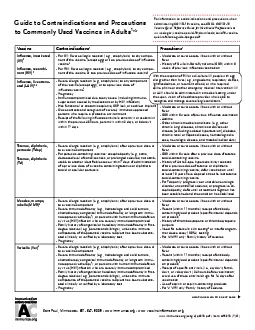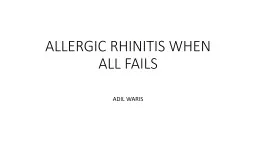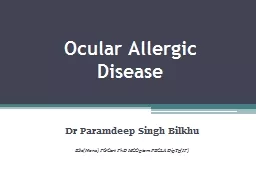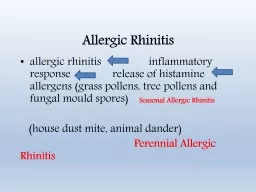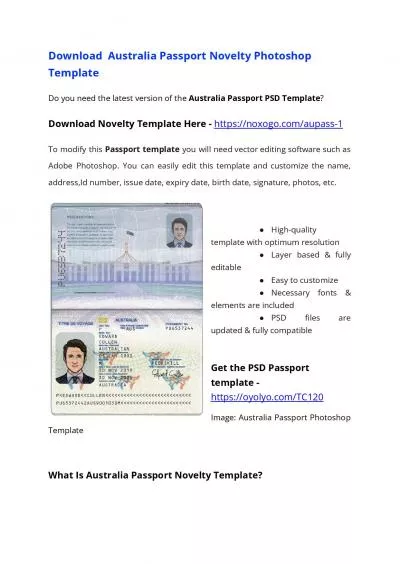PDF-13 November 2007 The economic impact of allergic disease in Australia:
Author : pamella-moone | Published Date : 2016-05-09
n r Australasian Society of Clinical Immunology and Allergy ASCIA While every effort has been made to ensu
Presentation Embed Code
Download Presentation
Download Presentation The PPT/PDF document "13 November 2007 The economic impact of ..." is the property of its rightful owner. Permission is granted to download and print the materials on this website for personal, non-commercial use only, and to display it on your personal computer provided you do not modify the materials and that you retain all copyright notices contained in the materials. By downloading content from our website, you accept the terms of this agreement.
13 November 2007 The economic impact of allergic disease in Australia:: Transcript
Download Rules Of Document
"13 November 2007 The economic impact of allergic disease in Australia:"The content belongs to its owner. You may download and print it for personal use, without modification, and keep all copyright notices. By downloading, you agree to these terms.
Related Documents

